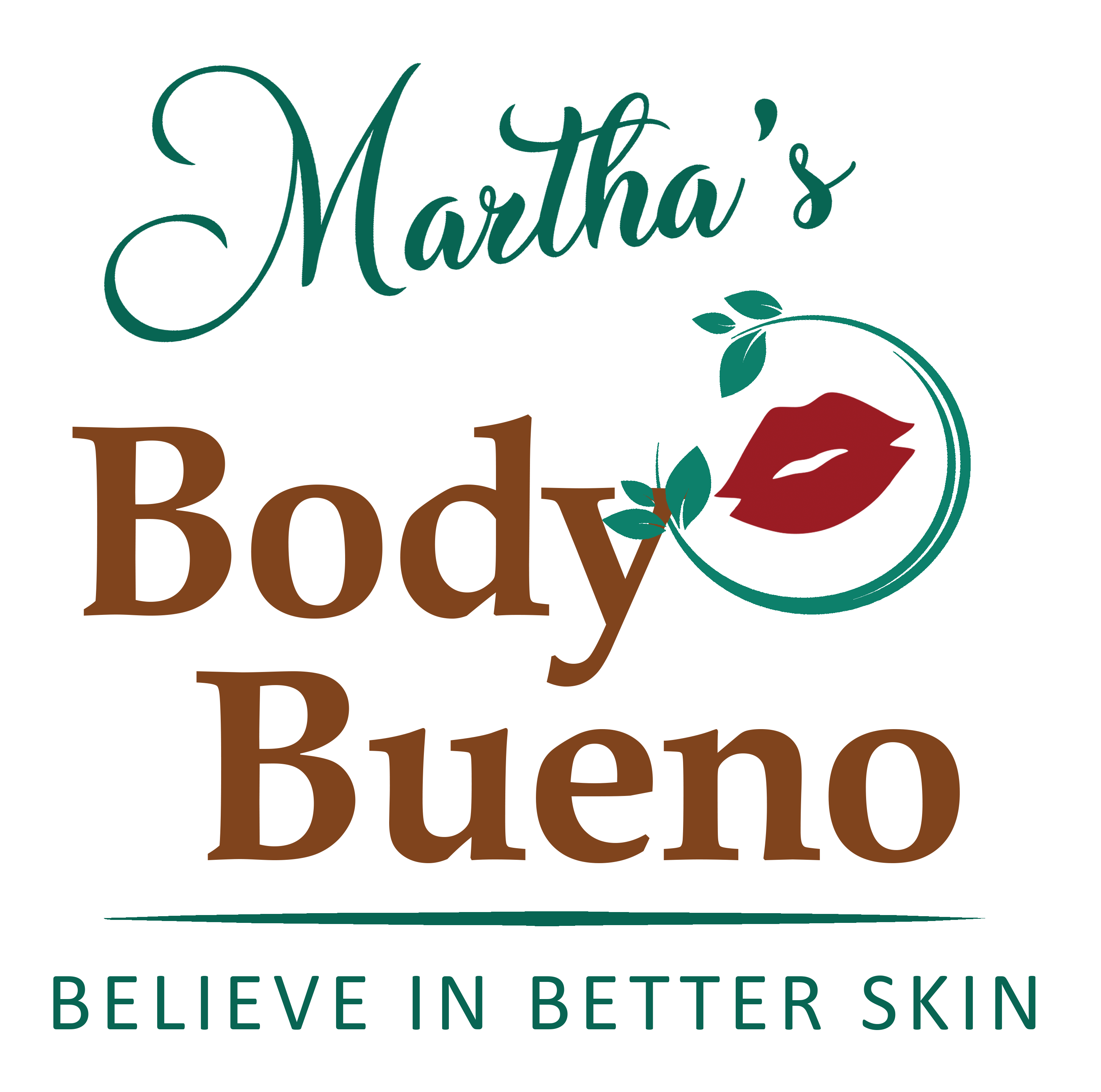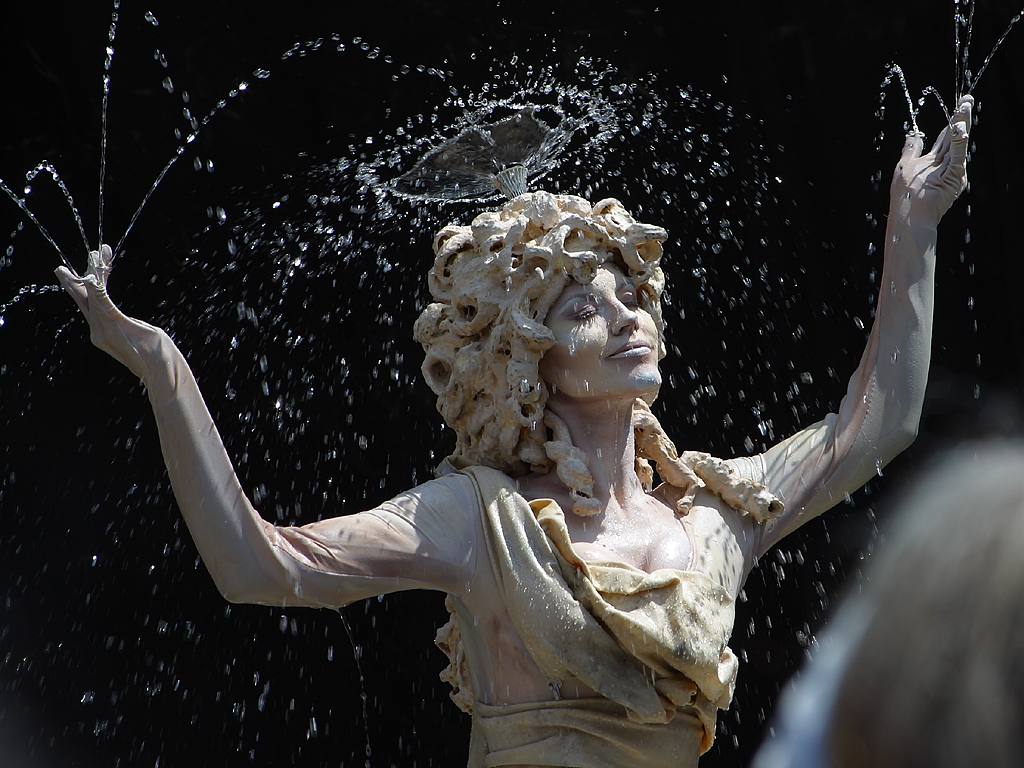Little did our first brethren know when they stood under waterfalls to get themselves clean that they were engaging in something that would become a daily ritual for most of the world. Although showering has in fact been around as long as the human race, it has gone in and out of popularity throughout history.
The Egyptian Pharaohs were one of the first groups to invest in showering as opposed to bathing in ponds or streams. Excavations of ancient tombs and homes show stalls with a defined area and jars for water. The Pharaoh stood in the stall while servants poured water over him from above. It was thought the Pharaohs were afraid of germs in the bath waters of other people and only pure water could be poured on them. Though Romans liked the baths, Greeks generally preferred standing under pipes which came from aqueducts with the belief that it washed the grime away and revitalized the skin (how astute of them!). Just as Rome affected all cultures with their beliefs in so many areas, they also affected the history of showering, as most of Europe took to bathing the roman way and showers edged out of history.
In the mid 19th century another shower emerged that had slightly more success. When plumbing started becoming an indoor feature, the system of pipes and drains led designers to explore new ways to get clean. By the 1890’s the first showers of that era had a porcelain basin connected to a drain and a metal cage with shower heads at different locations to hit the body at every angle. A rubber curtain was pulled around the small appliance leaving a claustrophobic place to stand. One of the early showers was Ewarts Improved Spray Baths which held 10 nozzles to spray the entire body. It became known as the needle shower because the fine spray of water felt like needles against the skin. In the early 1900’s it was determined by doctors that women simply were not meant to endure that pain and showering was bad for them. The shower again went into decline.
Wanting to conserve both water and time, showers were determined to be a better way for many soldiers to get clean in a hurry during World War I. Barracks were eventually constructed to enable showers. They were so successful that after the war, schools and gymnasiums also began to utilize shower technology. Showers were not found in homes until later.
In the late 1940’s and early 1950’s western culture was still highly in favor of the bath as the optimum mode of cleaning. But two things happened that would change American views permanently. The first was a shift in how people felt about hygiene. For most of Europe and America a weekly bath was good enough. Before indoor plumbing the effort of preparing a bath was enough to make you only want to do it once a week. After indoor plumbing and water heaters became popular it was more convenient, but still bathing once a week was habit. Eventually, ideas about bacteria, disease and cleanliness became part of the community of knowledge and people wanted to bathe more often. But taking a bath daily added a lot of time to the routine. The second factor in the shower’s success was men returning from World War II – Showers were the main form of cleanliness for men in the barracks and they came home still wanting to take them and were not pleased with the bathtubs that still sat in their homes. At that time the shower head was created. And the rest is “history”!

